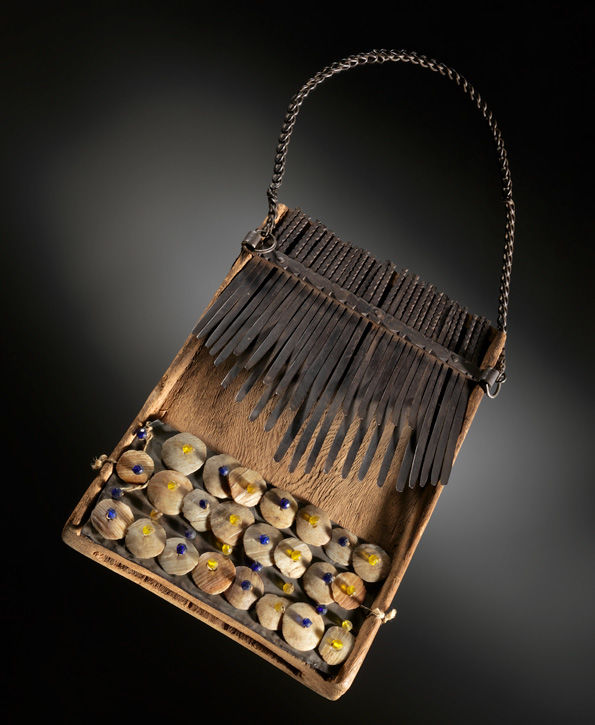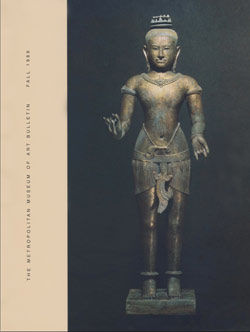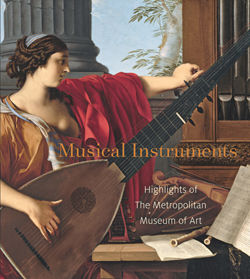Seated Chief (Mwanangana) Playing Sanza
Not on view
By the early nineteenth century, Chokwe chiefs in the savanna of present-day Democratic Republic of Congo and Angola had become active trading partners with merchants from Europe and the New World. Profiting from commerce in ivory, rubber, wax, and African slaves, they emerged as important regional rulers whose prestige and power was reflected in the art they commissioned for their courts at this time.
This figure depicts a Chokwe chief, or mwanangana, and epitomizes the balance of power and refinement that is characteristic of Chokwe court art. His large, spreading hands, muscular shoulders, and aggressive posture epitomize the strength and vigor of a ruler. A bulging, domelike forehead and large eyes suggest mental acuity and keen eyesight. The sweeping curves and swelling volumes of the distinctive headdress, rendered here in wood, depict an actual Chokwe crown made of cloth-covered basketry. Horns of the tiny duiker antelope, which bear associations with hunting and the dangerous, mysterious practices of medicine and sorcery, are placed on the sides of the headdress. The chief holds a lamellophone, or "thumb piano," an instrument whose music often accompanies recitations of oral histories and the praise songs of important individuals. Instrument in hand, the chief is cast as a repository and guardian of historical and cultural knowledge.
While depicting a nineteenth-century Chokwe chief, this sculpture also evokes the culture hero Chibinda Ilunga, a legendary hunter from the powerful Luba kingdom. Chibinda Ilunga is said to have introduced new principles of governance to the Chokwe peoples, and figures such as this one honor the productive union of these two cultures.
Due to rights restrictions, this image cannot be enlarged, viewed at full screen, or downloaded.




